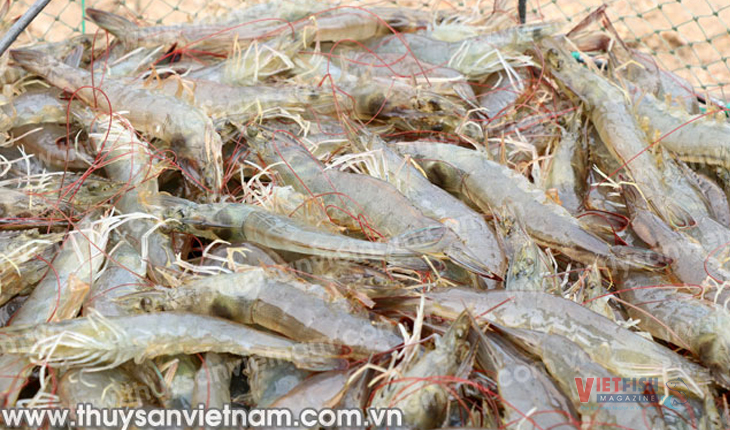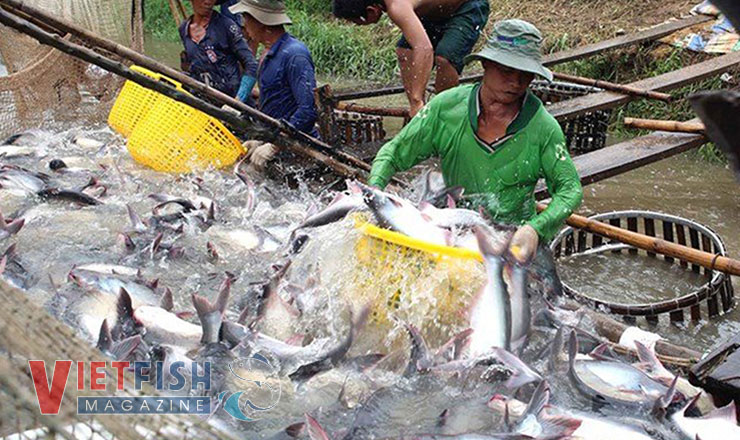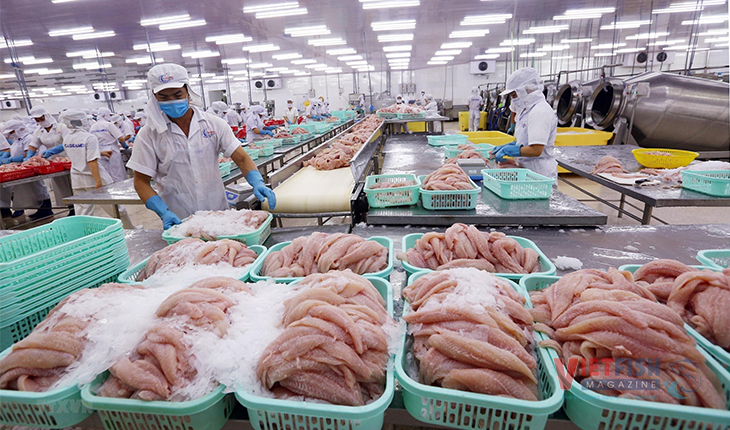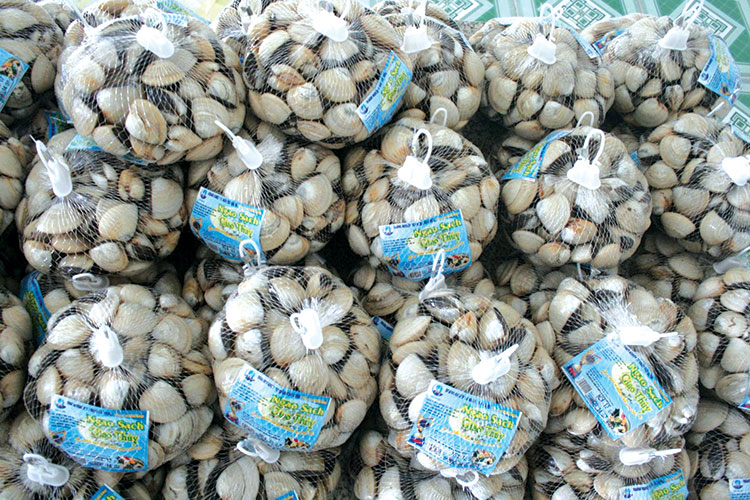Tuna exporters see order uptick after U.S. tariff delay, but VASEP urges caution
Vietnamese tuna exporters have seen a slight recovery in orders after the U.S. postponed retaliatory tariffs for 90 days. However, VASEP cautions that the delay is temporary.
According to data from Vietnam Customs, Vietnam exported over USD 228 million worth of tuna in the first three months of 2025, up 6% year-on-year. Despite the overall increase, shipments to key markets have shown signs of slowing.
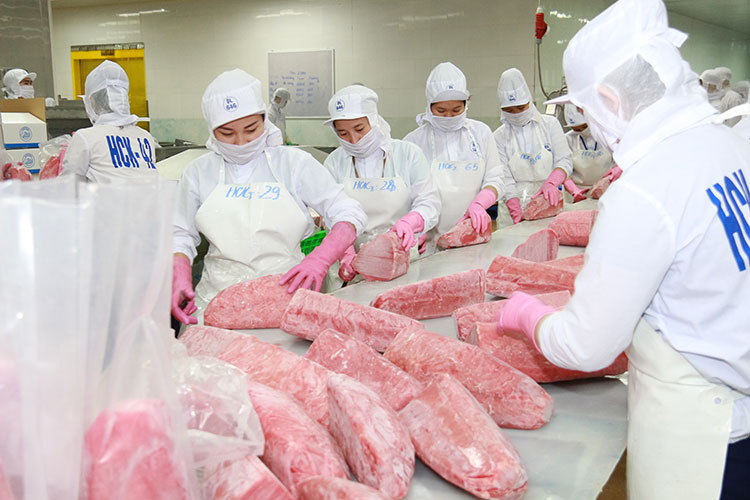
The United States remains the largest importer of Vietnamese tuna, accounting for 39% of the total export value during this period. Yet, growth in March exports to the U.S. slowed to under 9% compared to the same month last year. VASEP attributed the stagnation to growing concerns over trade uncertainty and stricter U.S. import requirements.
One major concern is a preliminary ruling from the U.S. National Oceanic and Atmospheric Administration (NOAA), which has not yet recognized Vietnam’s marine mammal protection measures as comparable. If Vietnam fails to meet NOAA’s standards by the deadline, seafood caught by Vietnamese vessels, including tuna, could be banned from entering the U.S. starting January 1, 2026.
In addition, speculation that President Donald Trump’s administration may raise tariffs on Vietnamese goods has made U.S. buyers wary, with many choosing to hold off on new orders.
The trend extends beyond the U.S. market. Tuna exports to the European Union (EU) are also showing mixed performance. The Netherlands was a bright spot, with March imports rising 82% year-on-year to over USD 13 million. Meanwhile, shipments to Italy dropped 2%, and exports to Germany declined by 9%.
Markets like Canada, Japan, and Russia, after a sluggish January, have rebounded strongly in February and March. Russia, in particular, saw a 92% surge in March compared to last year, making it Vietnam’s third-largest tuna export market after the U.S. and the Netherlands.
While the 90-day tariff reprieve from the U.S. has brought short-term optimism, VASEP has cautioned exporters not to become complacent. The association urges companies to accelerate delivery of orders currently in transit and to diversify export destinations to reduce dependency on the U.S. market.
“Businesses should capitalize on the next 90 days to mitigate risks and build resilience,” VASEP said, adding that expanding into alternative markets in Asia and the Middle East will be crucial to navigating ongoing trade uncertainties.
VFM


